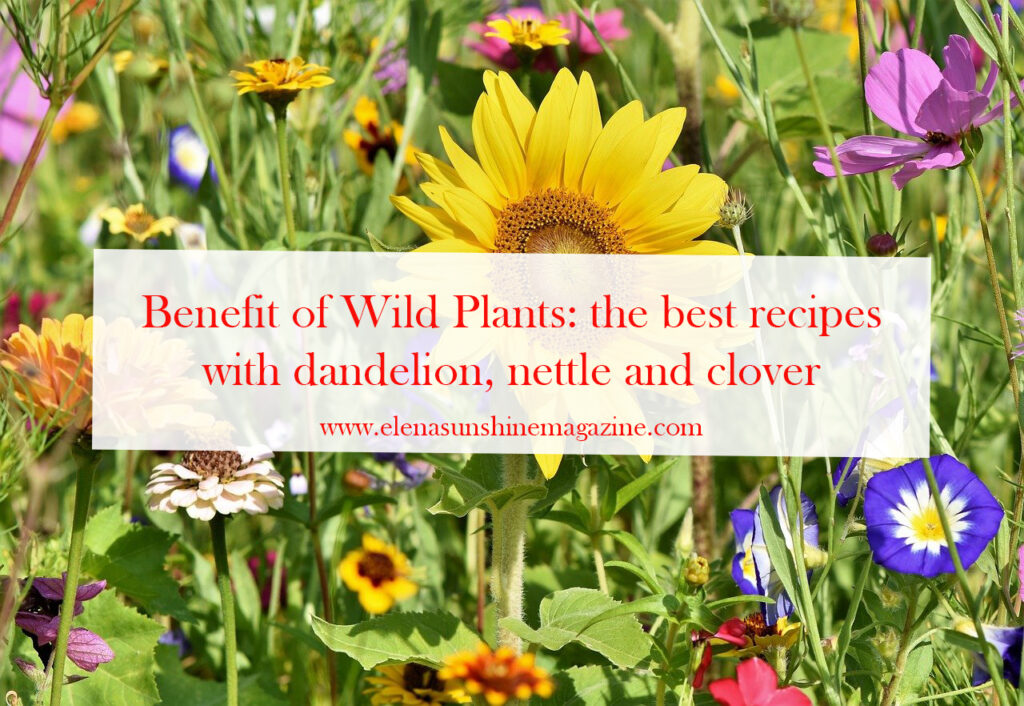Early spring is the season of shoots, bitter greens, and wild herbs. A diet based on the first natural harvest can be called health-improving since fresh plant food is not enough in winter. And in the spring, the range of cultivated plants is quite monotonous, because of which the body may not receive the necessary nutrients. Benefit of Wild Plants: the best recipes with dandelion nettle and clover.
How to eat wild plants. Benefit of Wild Plants: the best recipes with dandelion nettle and clover.
Young wild plants – sprouts, shoots, flowers, roots, leaves-are both independent food, and a wonderful addition to the usual dishes. Greens are most valuable in fresh form in salads, smoothies, and green cocktails. Use dandelion, sorrel, lime buds, nettle, clover, micro-green, rhubarb, sour and many others. A variety of combinations of wild plants and cultivated crops will create unique flavors that are not found even in fine restaurants.
Early wild plants are characterized by a bitter taste, which stimulates the release of digestive juices. If the bitterness is not to your taste, pour hot water over the plants or passer for a couple of minutes. Prolonged heat treatment is undesirable, as it completely or partially destroys vitamins and enzymes, phytoncides, and some other biologically active substances, such as essential oils.
3 reasons to eat wild plants
Compared to agricultural plants, wild plants have a higher nutritional value, that is, they contain more healthy substances by 3.53oz wt. This means that to get the same amount of vitamins, minerals, and other nutrients from agricultural plants, they must be eaten several times more in volume than wild plants.
Wild plants are not treated with pesticides, herbicides, and fungicides, unlike agricultural crops, and are not subjected to genetic modification and selection.
The use of wild plants adds variety to the diet. Perhaps this variety and alternation of products allowed to provide the diet with all the necessary nutrients. And avoid the food sensitivities that occur with excessive consumption of the product from day to day.
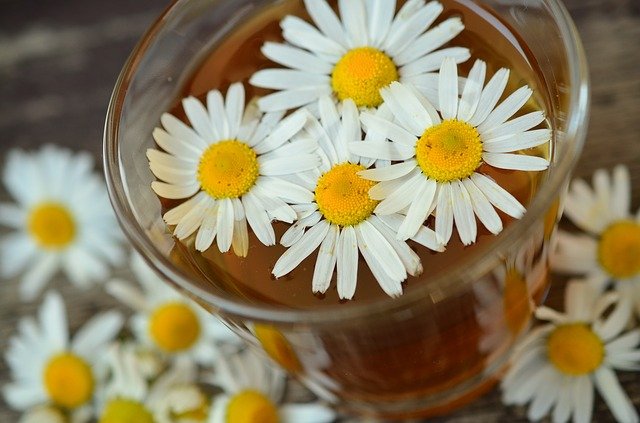
The benefits of wild plants
In terms of the content of vitamins, minerals, and other active compounds, herbs are not inferior and even significantly superior to cultivated plants. Among organic compounds, it is especially worth highlighting substances of secondary synthesis – alkaloids, glycosides, phenolic compounds (phenols, lignans, coumarins, flavonoids, tannins), essential oils, resins, organic acids, and others.
Wild plants contain the entire spectrum of macro-and microelements: K, Ca, Mg, Na, S, P, Si, Fe, Si, Zp, Co, Md, Mo, Ni, Ad, Al, As, and others. Most plants contain not vitamins, but provitamins, that is, more stable substances that are synthesized into the appropriate vitamins at the right time.
Vitamins from plant foods are better suited for maintaining the body, because, unlike synthetic drugs, they are better absorbed and do not have side effects.
Safety precautions
Before using it for food, be sure to check the reference book of edible plants or ask for advice from an experienced herbalist. Do not eat plants that you doubt are edible.
Plants accumulate pollutants, so it is worth collecting them away from roads, industrial facilities, buildings, and areas where pesticides and herbicides are used. Do not use plants grown for decorative purposes.
Many wild plants have a very rich and specific composition, so they should be used for food in reasonable quantities. Start to introduce them into the diet gradually, in small amounts.
Favorite recipes. Benefit of Wild Plants: the best recipes with dandelion nettle and clover.
Clover (Trifolium pratense)
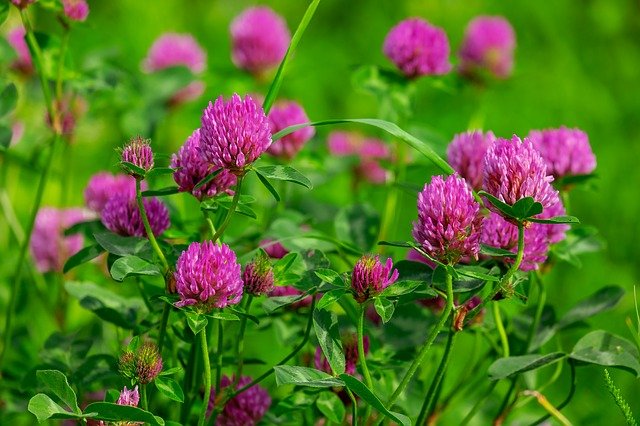
Delicate red clover flowers will be a great decoration and a useful addition to salads, cocktails, and desserts.
Clover is used to relieve allergies, and headaches, strengthen bones and joints and restore hormonal background, skin problems, and digestion.
The study of edible plants showed that they contain antioxidants, such as carotenoids, flavonoids, and phenols, which were discussed above, as well as protein, phosphorus, potassium, calcium, magnesium, sodium, iron, manganese, copper, zinc, and molybdenum, vitamins A, C, vitamins of group B. Contraindications: do not use during pregnancy and with blood clotting disorders. Clover flowers and leaves are used for food.
In addition to the immediate health benefits, edible flowers have a positive effect on the state of mind and mood. A pleasant aroma, colors, and taste have a calming effect on the nervous system and emotional state, which in turn has a positive effect on our overall well-being.
Ice cream with clover
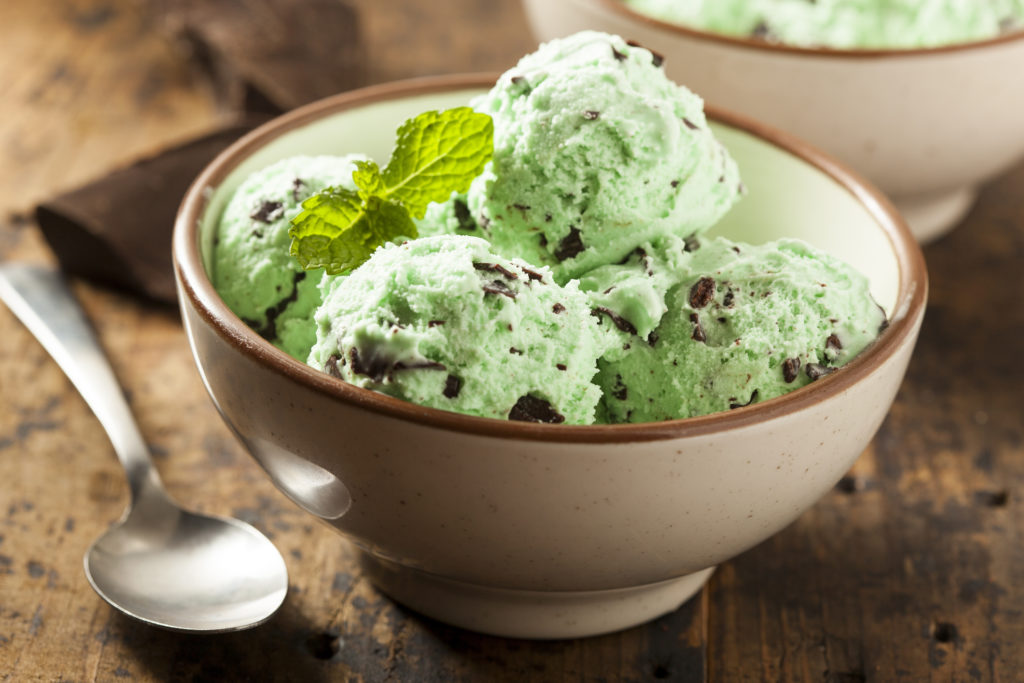
Ingredients:
Strawberries 7.0oz
Banana 1 piece
Coconut milk 1 cup
Almond milk 1 cup
Honey 2 tablespoons
Clover flowers 1/2 cup
Instruction:
Mix all the ingredients in a blender. Add more berries or honey to taste.
Tear the clover flowers into petals with your hands and add them to the finished mixture.
Pour the contents of the blender into the ice cream bucket. Cool it down.
Before serving, garnish with coconut shavings and clover petals.
Dandelion (Taraxacum officinale)
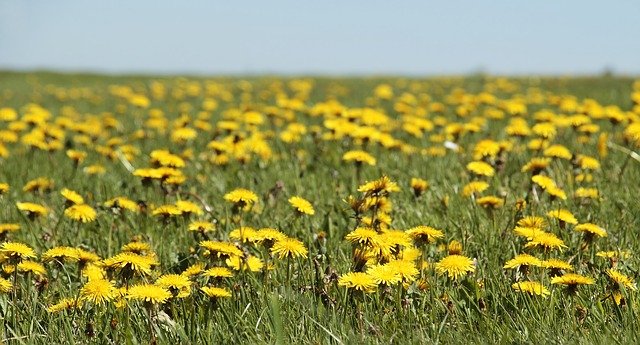
Dandelion has a rich nutrient composition: high content of vitamins A, C, and choline to support liver function. Helps in fat metabolism, and promotes weight loss. Contraindication: if you are hypersensitive to plants of the aster family, you should avoid eating dandelions.
Dandelion is very easy to distinguish from other plants. It can be found almost everywhere, with rapid flowering – in the period from May to June. You can eat all parts of the plant. The leaves are used in salads, soups, and green cocktails, the roots are used for making teas and drinks, and the flowers are used for honey and wine.
Dandelion and pumpkin seed pesto
Ingredients:
Peeled pumpkin seeds 3/4 cup
Garlic 3 cloves
Grated parmesan 1 cup
Dandelion greens 2 cups
Lemon juice 1 tablespoon
Olive oil 4 tablespoons
Salt 1/2 teaspoon
Pepper to taste
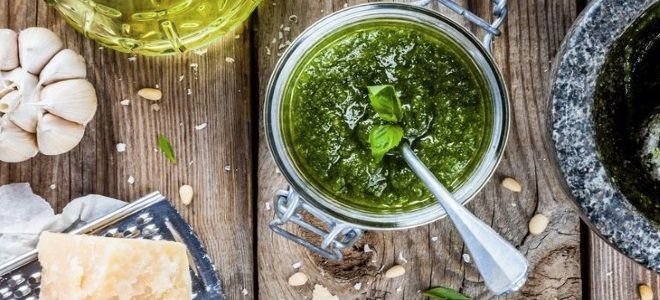
Instruction:
Lightly fry the seeds in a frying pan until fragrant (about 5 minutes).
Transfer to a hot plate and cool.
Mix the garlic and seeds in pulse mode in a blender or food processor.
In the process of mixing, add parmesan cheese, dandelion greens, and lemon juice, and mix until smooth.
Turn the blender on low speed and slowly pour in the olive oil. Add salt and pepper to taste.
Transfer the finished pesto to a container and store it in the refrigerator under a closed lid for a couple of weeks.
Serve with baked fish, pasta, or vegetables.
Nettle (Urtica dioica)
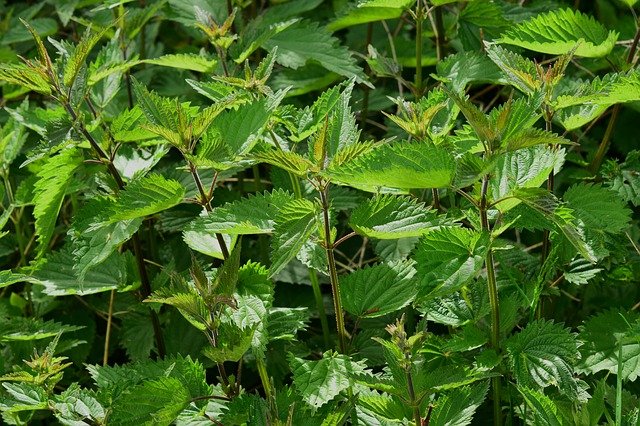
Nettle grows in meadows, near rivers and lakes, prefers moist and hidden from direct sunlight. It is best to collect young shoots up to half a meter high or only the tops of plants.
Collect the nettle in the seals, as the burning hairs contain formic acid, which irritates the skin. Before use, the nettle is treated with boiling water, frozen, or punched in a blender, so that it loses its sting.
For medicinal purposes, all parts of the plant can be used. However, you should choose the tops, leaves, and stems of young shoots for food.
Nettle has natural anti-inflammatory properties, which allow you to use it to relieve allergy symptoms, improve the circulation of bodily fluids, lowers blood sugar, and relieve muscle pain. Nettle infusion is used as a diuretic, as well as for the treatment of arthritis and other rheumatic diseases.
Nettle contains a significant amount of calcium, magnesium and iron, vitamin K, B vitamins, protein, chlorophyll, and other biologically active substances, which make it one of the most valuable medicinal plants.
Nettle will give a rich taste to soups, sauces, omelets, pies, salads, and side dishes, which can be used for making summer drinks and tea.
Juicy tortillas with nettle and cheese
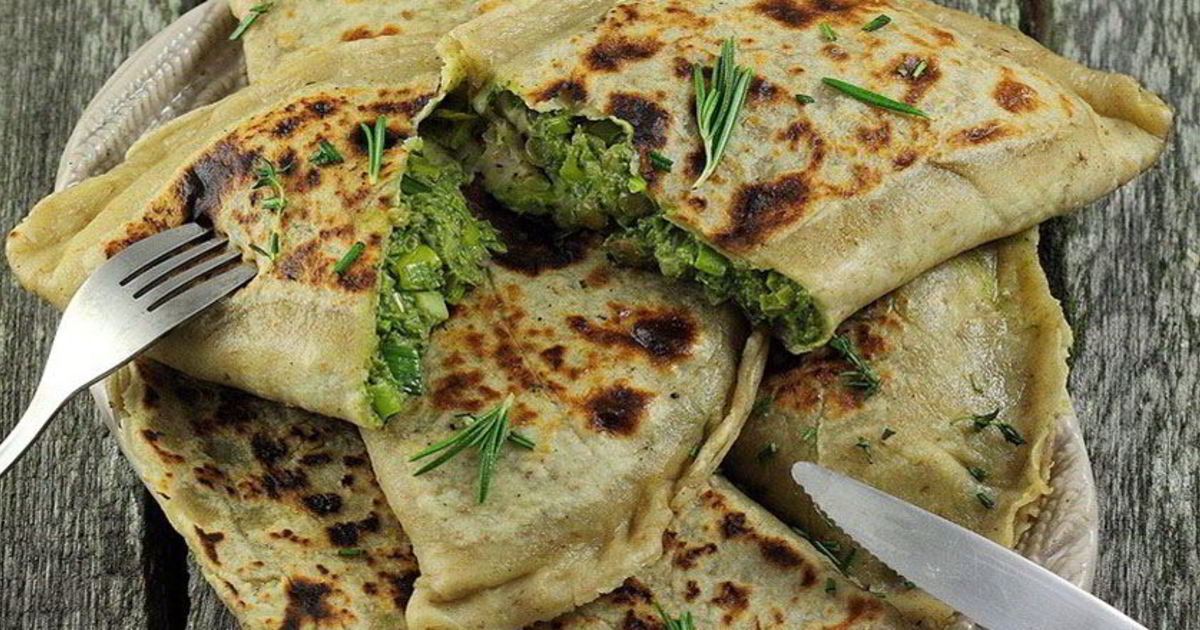
Ingredients:
Filling:
Cheese (mozzarella, feta) or cottage cheese 5.29oz
fresh wild plants and herbs-nettle, dill, coriander, spinach, sorrel (the more varied the mixture, the richer the taste)
Salt, and pepper to taste.
Dough:
Wholemeal flour 1 cup
Kefir, curdled milk, or whey
Salt to taste
Instruction:
Cut the greens, and blanch for 1 min.
Mash the cheese with a fork, mix it with herbs, and season with salt and pepper.
Mix the ingredients for the dough until the consistency of the dumplings. Add flour or water if necessary. Put in the refrigerator for 30 minutes before cooking.
Divide the dough into equal parts. Roll each one into a flat cake several mm thick. Trim the edges of the dish.
Put the filling in the middle, close it, and pinch the edges with a fork.
Bake in a frying pan until golden brown without oil. Serve with tomato sauce, yogurt, and vegetables. Bon Appetit!

